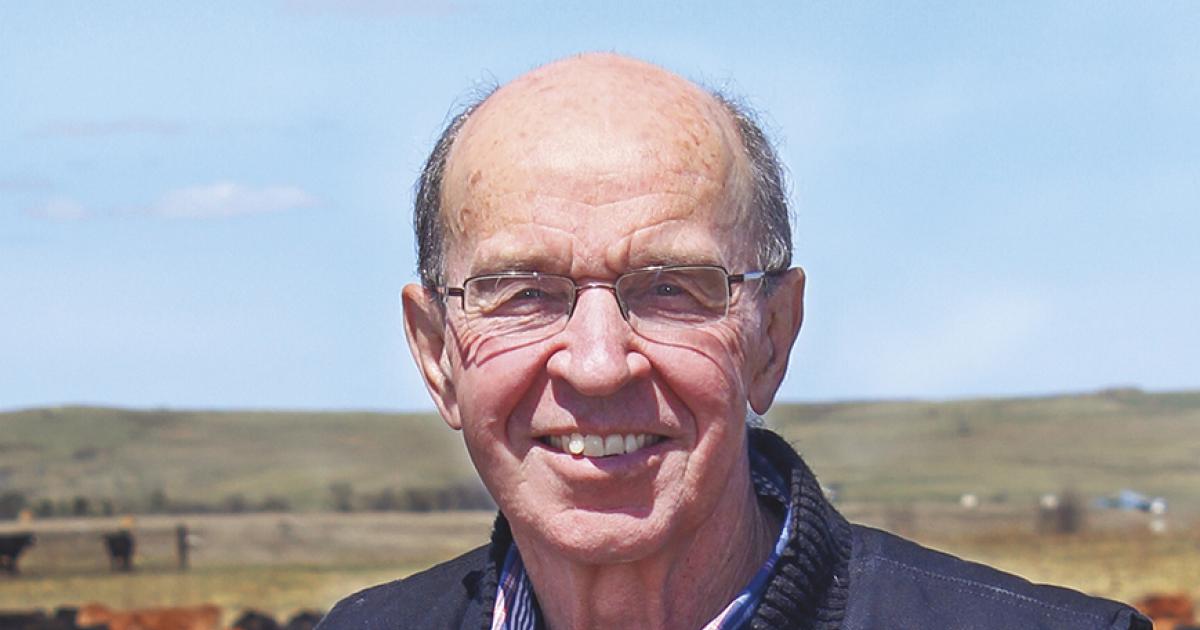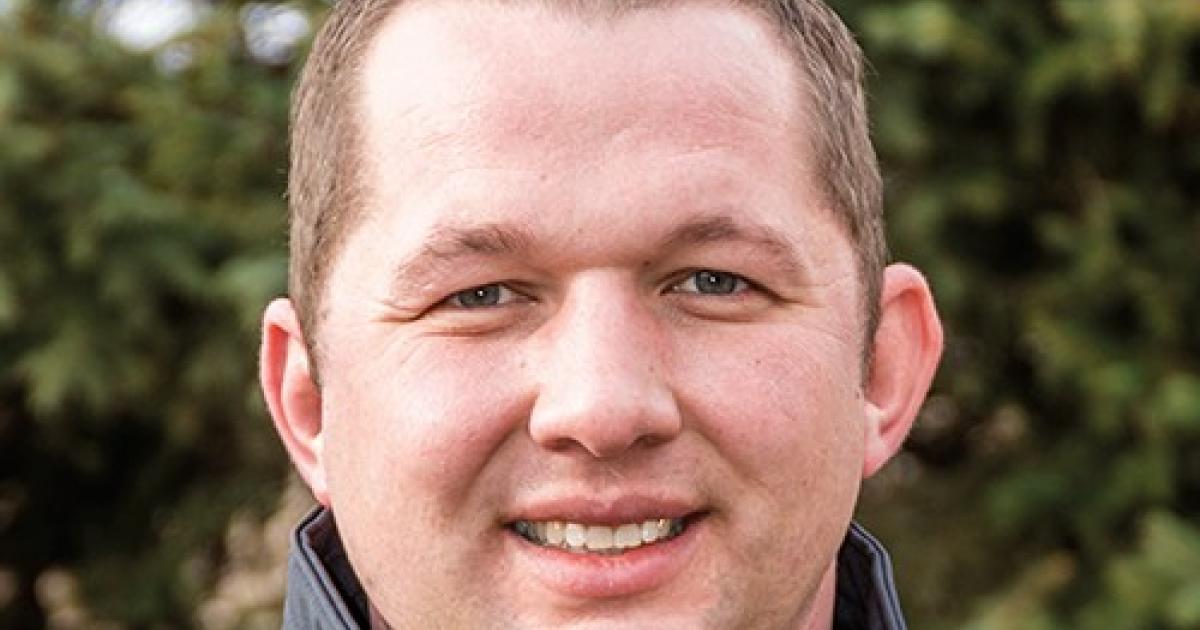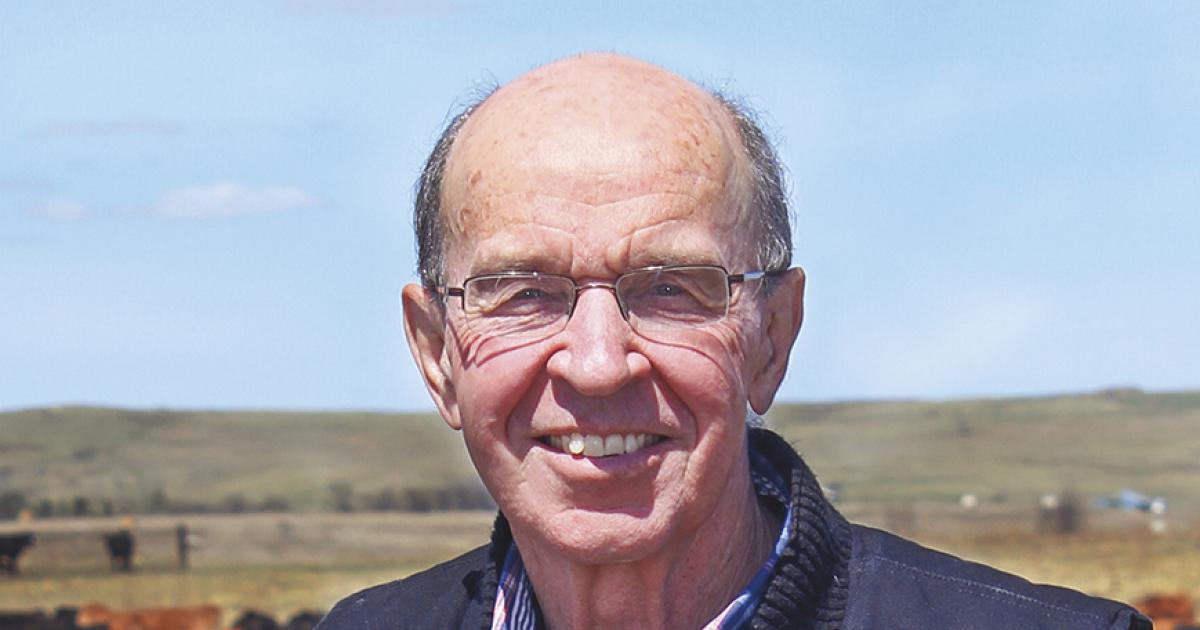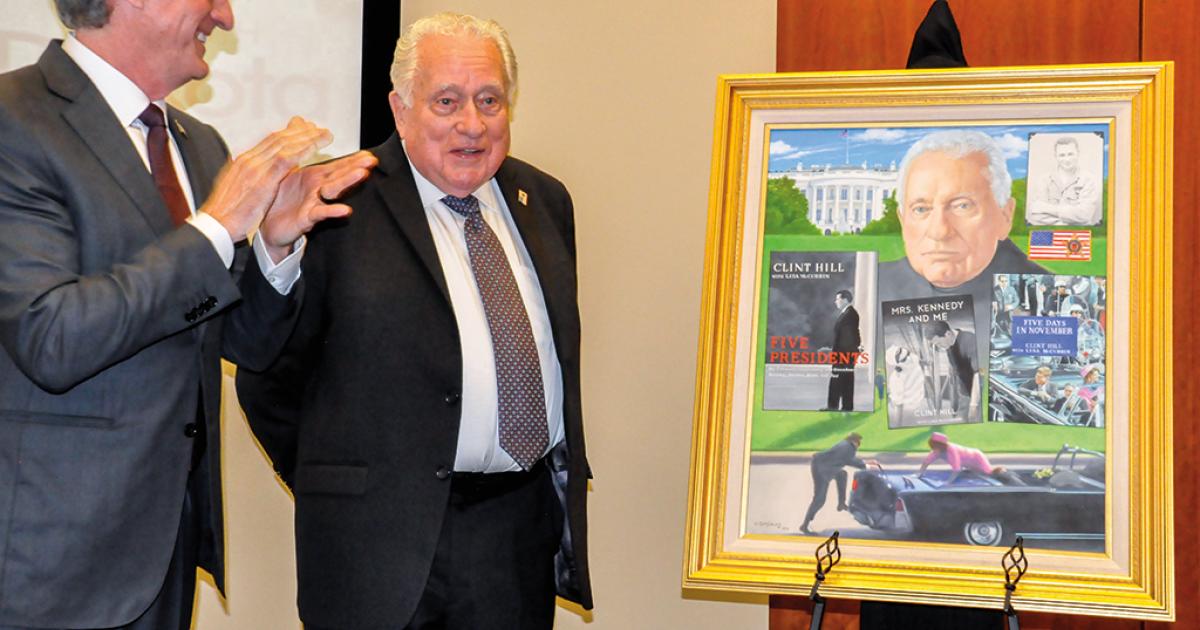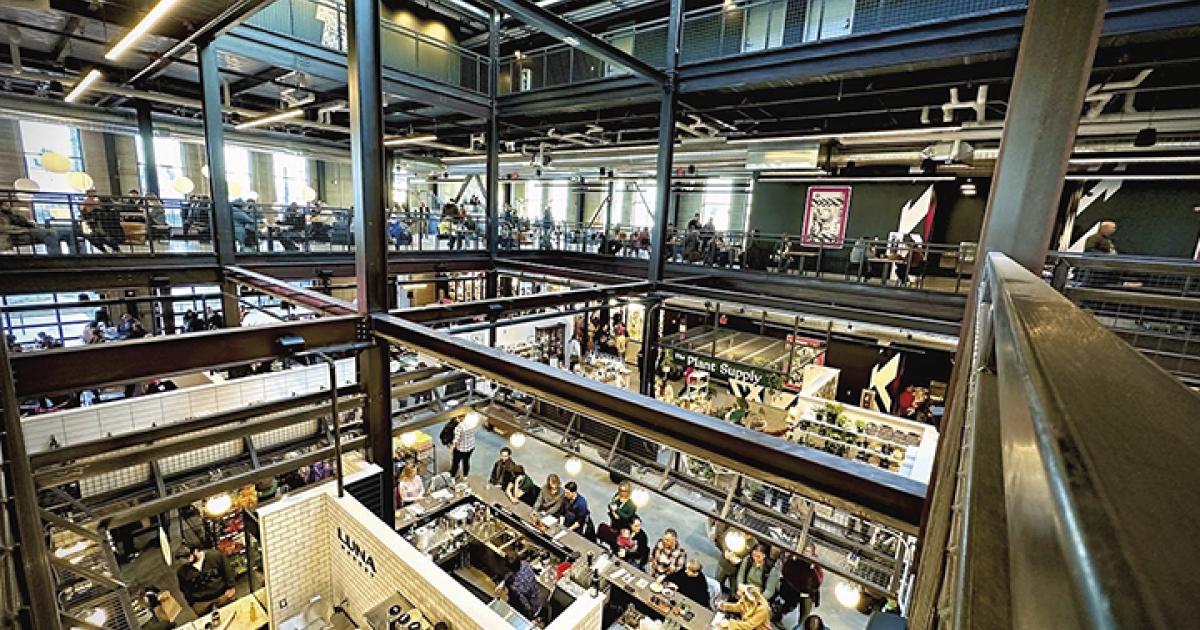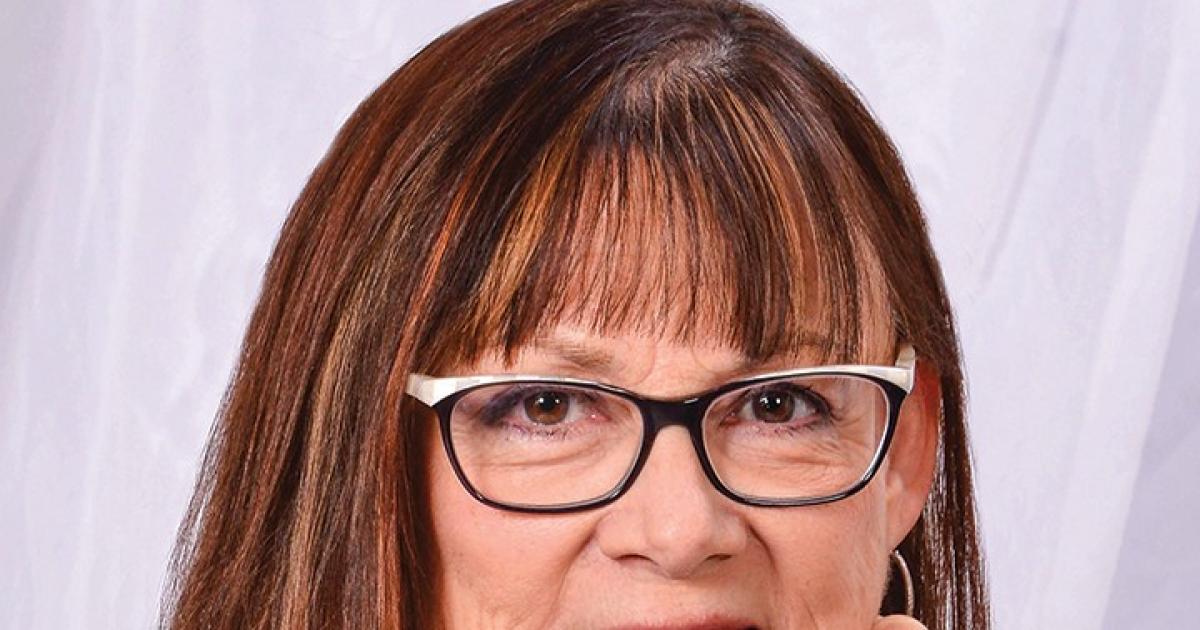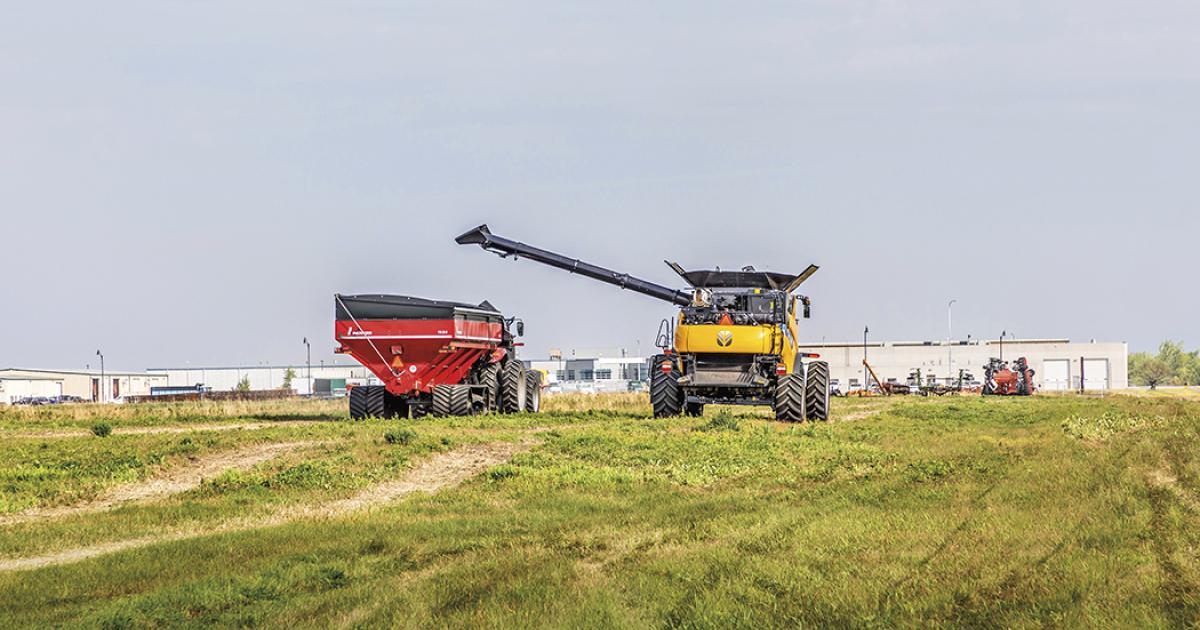In May 1976, I sat across the desk from Allen Fisk, a state conservationist with the Soil Conservation Service. I don’t remember what the interview was about, but I do remember that Fisk had a barbed wire collection hanging on the wall of his office. Fisk got me started collecting barbed wire.
I’d been fixing fence since I was 9 or 10 years old. And I thought I might have dealt with three or four different kinds of barbed wire. But when I started looking, I found many more. In fact, I discovered 17 different styles of barbed wire just on the land our family owned or rented – Kelly’s Thorny Fence, Curtis Cross Lock and Ellwood’s Reverse Spread, among them.
Fixing fence was a bit of an adventure for a few years, as I looked for one more unusual barb. Even now, after I’ve discovered all there is to discover on our land, I really don’t mind fixing fence, most of the time. True, wire that’s 100 years old, rusted and brittle, can be almost impossible to work with. Still, there is something almost romantic about barbed wire. My modest collection includes about 70 pieces. Some I found elsewhere, on other farms. Some was given to me or was traded for.
In their book, “The Wire That Fenced the West,” Henry and Frances McCallum write, “The hitherto unfenced West, far-ranging, free-ranging, the homeland of big livestock men and the romantic cowboy began swiftly to fence itself… The ensuing revolution in enclosure is an important part of the story of Western development.”
Will barbed wire still be around 100 years from now? Maybe not. The latest thing in fencing involves boundaries maintained by a GPS system. The cows wear a solar-powered collar, and if they come to the invisible boundary, they get a shock on the top of the neck to back them up. No posts, no wire, just an invisible boundary that can be changed by simply reprogramming the controller.
It sounds intriguing, although some would say not as gratifying as fixing the barbed wire fence grandpa built. Barbed wire is part of our heritage. That’s why people collect it.
Al Gustin is a retired farm broadcaster, active rancher and a member of Mor-Gran-Sou Electric Cooperative.


